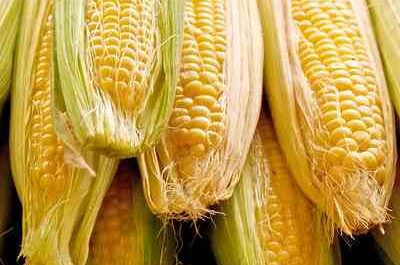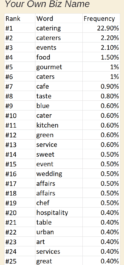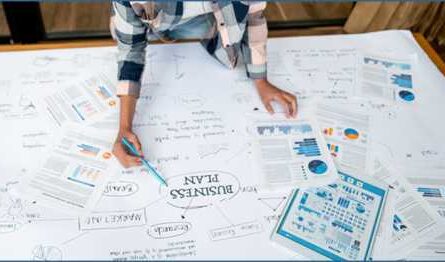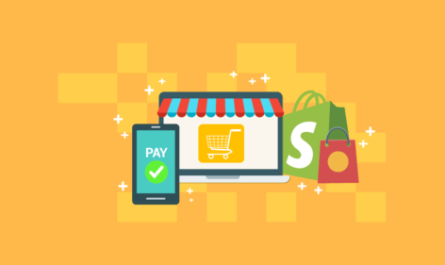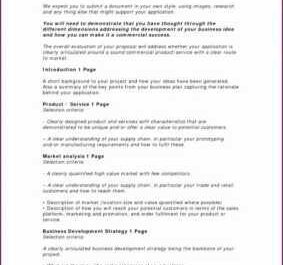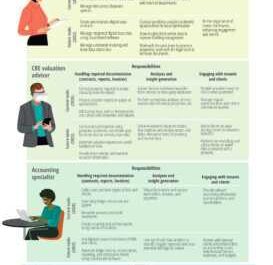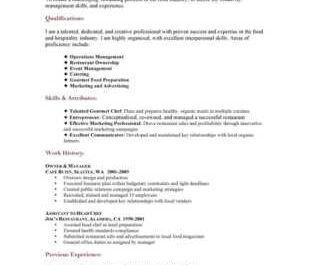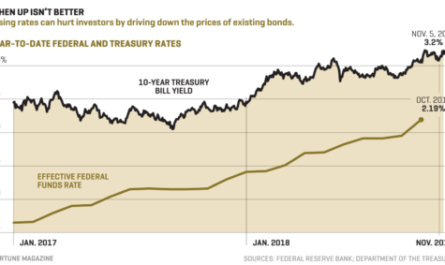Money in its simplest form is an exchange between two people so that they can acquire what they need from the surplus goods of another. Over the years, the performance of the currency has changed drastically, from the simple exchange of commodities to the extremely complex cryptocurrency system that is starting to emerge now. Here we take a look at the history of the currency to see how much it has changed over the years.
Until 600 BC
When in 9000 BC. primitive humanity and society arose, as well as the idea of money. Money is a way of organizing things, not of creating a communist society in which everything belongs to the state. Human nature is competitive, as we see in the study of the early cavemen and the animal kingdom, with their survival of the fittest mindset which is not good for all who share everything.
Money helps decide who gets what and created the social hierarchy we see today, thanks to the ability of some people to own more in different ways than their peers. Originally, currency was simply exchanging goods or exchanging for services. The first coin system only emerged when the Turkish King Alyatt (then Lydia) created coins of varying denominations, which allowed intercontinental trade to flourish. More remote areas used natural replicas such as seashells.
Until 1950 AD
Marco Polo’s global adventures led him to introduce the idea of paper money. In addition, the coins began to change shape. The idea of paper money did not immediately spread until the creation of the first banknote in Sweden in 1661 AD. The main advantage of paper money was that it could be mass produced and did not require complex metal mining. With the advent of electricity, the concept of electronic money transfers was implemented by telegram.
Modern day
Currency really started to gain traction after 1950, when John Biggins invented the first credit card, which opened the doors to making money purely digital. Mobile banking became available in 1999, which brought us closer to the fact that physical banks became redundant, and in 2008 contactless payments appeared, which in 2014 became possible even from mobile phones. It was around this time that the euro also entered circulation, which shows how physical currency was still used.
Currently, there are still business premises that do not accept digital payments because they have a bank commission associated with them, it is believed that this will soon cease to exist, leaving only digital currency. There is now a decentralized, fully digital currency called cryptocurrency. Most people don’t dare to invest in the early stages, however, it looks like it will eventually become our primary form of currency.
Many of the early coins are on display in museum exhibits if you want to see them, as well as on early banknotes. If you are hopeful that crypto is the next big thing, why not invest in it? Check out Crypto News for more information and to help you decide how to tackle it. Ironically, software is being developed that allows people to re-trade goods like they would in 600BC, so maybe we’ll do the loop. For more information on finances, see .com




